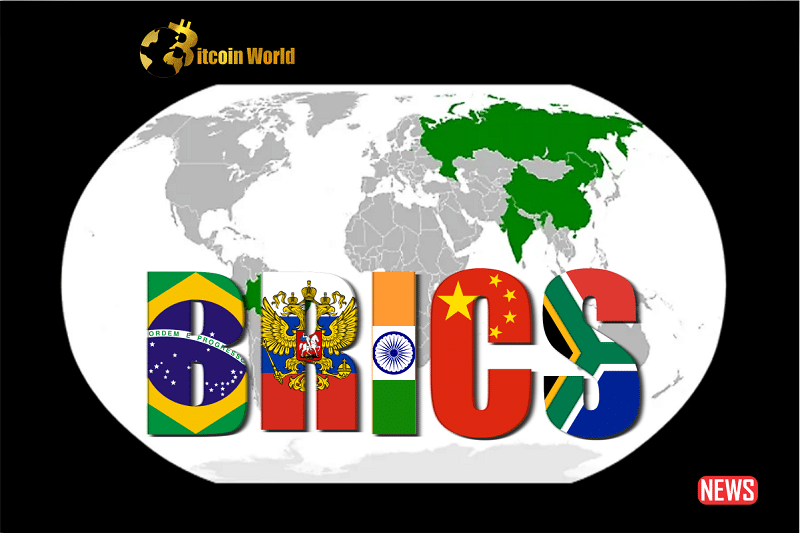In a move signaling a significant shift in the global financial landscape, India and Russia are actively exploring ways to integrate their payment systems. Imagine a world where sending money between these nations is as seamless as sending a text message. This isn’t just a pipe dream; it’s a strategic initiative driven by the desire to navigate the complexities of international finance and bypass existing restrictions. Let’s dive into how these two BRICS powerhouses are working to reshape cross-border transactions.
Why the Payment Pivot? Navigating Financial Restrictions
The driving force behind this collaboration is the need for alternative payment channels, particularly for Russia, which faces financial sanctions. But this isn’t solely about overcoming challenges; it’s also about exploring new avenues for economic cooperation. Think of it as building a financial highway that bypasses traditional toll booths.
UPI and FPS: The Potential Power Couple of Payments
At the heart of this discussion lies the potential integration of India’s Unified Payment Interface (UPI) and Russia’s Faster Payments System (FPS). What makes these systems so interesting?
- UPI: Imagine the ease of using apps like Google Pay or PhonePe in India. That’s the power of UPI – a real-time mobile payment system that has revolutionized how Indians transact.
- FPS: Russia’s answer to instant payments, FPS allows for quick transfers between banks using just a mobile number.
The potential synergy here is immense. By linking these platforms, individuals and businesses could potentially conduct cross-border transactions swiftly and efficiently, sidestepping traditional banking routes.
Beyond UPI and FPS: Exploring Other Avenues
While UPI-FPS integration is a key focus, it’s not the only option on the table. Another significant possibility being explored is leveraging the Bank of Russia’s Financial Messaging System. Let’s understand why this is significant:
- Reducing SWIFT Reliance: For decades, SWIFT has been the backbone of international payments. However, its ties to the US dollar make it vulnerable to US sanctions.
- Building Independence: By using the Bank of Russia’s system, India and Russia aim to create a more resilient and independent payment infrastructure, less susceptible to external pressures.
BRICS and the Quest for a New Global Currency: Is the Dollar’s Reign Ending?
This bilateral effort between India and Russia is happening within the broader context of the BRICS nations’ ambition to reduce reliance on the US dollar. Could we be on the cusp of a new financial order?
- De-dollarization on the Horizon: The BRICS group, including Brazil, Russia, India, China, and South Africa, has been actively discussing the possibility of a new currency for several years.
- Progress in Negotiations: According to reports, discussions on the specifics of this new currency are underway, with a potential agreement by the end of the year. This could be a game-changer for international trade and finance.
Benefits and Challenges: Navigating the New Payment Landscape
The potential benefits of these initiatives are clear, but there are also challenges to consider:
| Benefits | Challenges |
|---|---|
| Reduced dependence on traditional financial systems | Technical complexities of integrating different systems |
| Faster and potentially cheaper cross-border transactions | Regulatory hurdles and compliance issues |
| Increased trade and economic cooperation between India and Russia | Potential geopolitical implications and reactions from other nations |
| Support for de-dollarization efforts | Ensuring security and preventing illicit financial activities |
What Does This Mean for the Future of Finance?
The collaboration between India and Russia on payment systems is more than just a bilateral agreement; it’s a reflection of a shifting global financial landscape. It highlights a growing desire among nations to diversify payment options and reduce reliance on established systems. While the journey may have its bumps, the direction is clear: a move towards a more multi-polar financial world.
Key Takeaways:
- India and Russia are actively exploring the integration of their payment systems, UPI and FPS, to facilitate cross-border transactions.
- This move is driven by the need to bypass financial restrictions and explore alternative payment channels.
- The Bank of Russia’s Financial Messaging System is another potential avenue for independent payments.
- This collaboration is part of a broader BRICS initiative to reduce reliance on the US dollar and potentially create a new global currency.
- While offering significant benefits, the integration also presents technical, regulatory, and geopolitical challenges.
Looking Ahead: A New Era of Financial Cooperation?
The ongoing discussions between India and Russia represent a significant step towards reshaping the architecture of international finance. Whether it’s through the seamless integration of UPI and FPS or the development of entirely new systems, the pursuit of alternative payment solutions is gaining momentum. This collaboration underscores the evolving dynamics of global economics and the increasing importance of independent financial pathways. Keep an eye on this space – the future of cross-border payments is being written now.
Disclaimer: The information provided is not trading advice, Bitcoinworld.co.in holds no liability for any investments made based on the information provided on this page. We strongly recommend independent research and/or consultation with a qualified professional before making any investment decisions.


